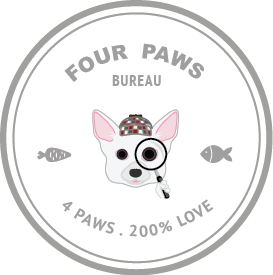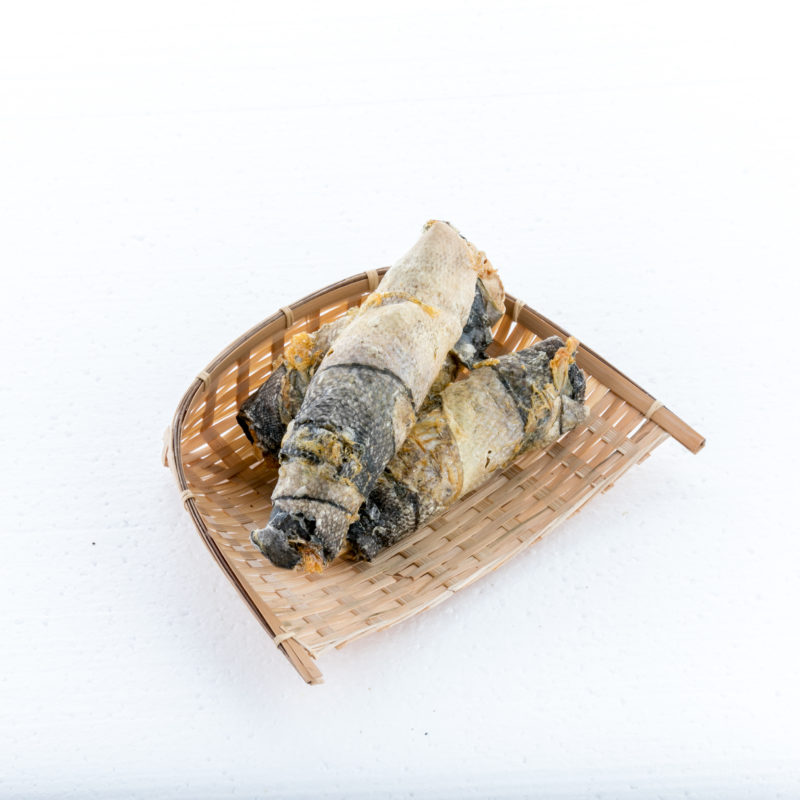Dogs, What's in a dog chew?
What’s in a dog chew?
Does your dog love chewing on a treat or bone? Most of us in Singapore would have bought a chew or toy for our furkids to bite on to help them in their dental health or just for entertainment. However, do you really know how safe or healthy your dog’s chew is?
Let’s start with the dangerous dog chews. Basically anything that is too hard to begin with, or after your dog has chewed it for some time and results in rough edges, are simply too dangerous. Some examples include plastic, nylon bones or even animal hooves, antlers and bones. Too hard means your dog might suffer a tooth fracture or oral discomfort trying to literally chew off more than it can (no pun intended!). Even if he or she manages to swallow this super hard material, it can cause gastrointestinal blockage and indigestion. Imagine us hoomans trying to swallow a piece of bone? I’m pretty sure we have accidentally swallowed a fish bone at some point of our lives (I had a small piece stuck in my throat for a week!) and remembered how uncomfortable it was. Ok, then to my next point… comparing a fishbone vs an anther chew? Which is harder? Antler chews are natural and most sources are claimed to sourced in a sustainable manner. But these antlers are used for fighting in the wild so maybe again, too hard? How about cooked bones since our parents always said these were healthy and older folks should know best? When I was a kid, our family kept a Dalmatian and my mom used to feed him bones because we believed cooked bones are healthy for dogs and dogs need bones for calcium. Guess what? He did enjoy the bones but not when he started to bleed while pooping and a vet visit confirmed he was bleeding internally due to the sharp splinters caused by biting the bones. So, please do not ever feed your dogs such chews!
Now, how about rawhide chews? Some people are strong advocates of them because they are natural and healthy. Similarly, rawhide is hard and indigestible so they can also cause gastrointestinal obstruction and seriously, have you seen your dog chewing on a rawhide? It takes a super long time to bite it off, which means it is a good source of entertainment for your dog, but unfortunately, this also means this same piece of rawhide may spend a long time in your dog’s stomach. In case you have no idea where rawhide comes from, please remember that rawhides are made from the inner layer of a cow’s or horse’s hide. Many rawhide chews are sold in Singapore and they can be either white or brown due to the bleaching process using either hydrogen peroxide or bleach solution. This should sound an alert to all doggy parents out there the use of chemicals means it will also be ingested into your dog’s system and is a total no-no! Of course, as animal-lovers, we have another reason why you should not feed your furkid rawhide chews. This is because they are the byproducts of an international cruelty-fuelled fur trade and we at FourPawsBureau believe you should care and boycott rawhide chews.
So what are the good chews out there? Some examples include:
- Non-edible chew toys (like Kong; make sure you wash them regularly)
- Dental chews
- Beef Trachea (also called ‘Moo-tubes’; contain cartilage and chondroitin)
- Bully Sticks (aka beef pizzles :))
Even those these are considered safe, no chew is 100% safety guaranteed. Always supervise your dog when he or she is happily chewing away. Even a natural hard cheese chew, like a yak chew, can pose a choking risk when it becomes small but too big for your small dog to swallow. Commercial dental chews are aplenty and claim a lot of benefits. However, you must always do your homework because a lot of them have added additives, colourings or even gluten or corn starch which have no health benefits and may even cause problems for your dog if consumed on a long-term basis. One popular brand has this ingredient called ‘sodium hexametaphosphate‘ and is usually added to soften and reduce tooth tartar. In its MSDS (Material Safety Data Sheet), it states that ‘In long-term animal studies, inorganic polyphosphates produced growth inhibition, increase kidney weights, bone decalcification, enlargement of the parathyroid gland, inorganic phosphate in the urine, focal necrosis of the kidney, and alterations of muscle fibre size. ‘
These might be a lot to digest (no pun intended again!) before you decide which is the safest chew for your dog. As a dog mama, I am very concerned about what’s available out there and it is not easy to sieve out the best option amongst all the marketing gimmicks and jargon. In any case, common sense always prevails and for the safety and health of your dog, always consider the above factors in choosing the best type for your dog.

